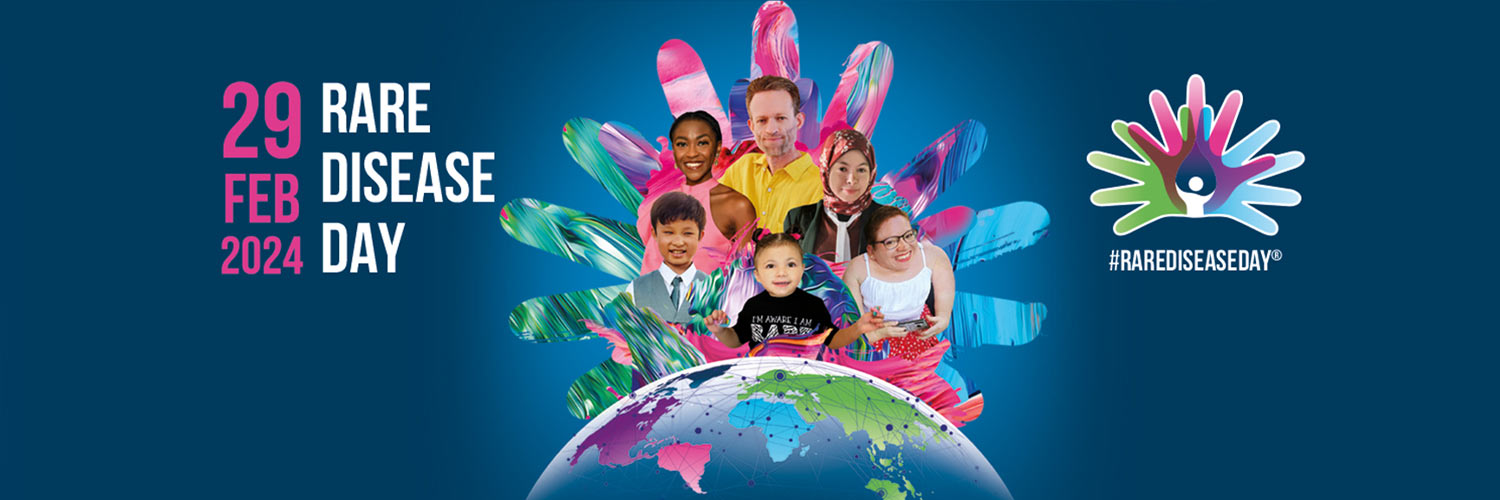More

Rare Disease Day 2024 News item
Currently, pathologists and researchers classify lung neuroendocrine tumours into low-grade “typical” tumours and intermediate-grade “atypical” tumours. Whether a tumour is classified as typical or atypical informs both patient prognosis and treatment decisions, because atypical tumours tend to be faster-growing and more aggressive.
Distinguishing between typical and atypical tumours can be difficult, even for experts. As a result, the current classification system fails to accurately identify typical tumours that develop aggressively and atypical tumours that progress more slowly. This leads to unexpected recurrence for some patients and stressful, expensive, and unnecessary long-term monitoring for others. If we can uncover the signs that actually show which tumours are more aggressive, we can close this knowledge gap to give clarity to doctors and improve treatment for patients.
The Rare Cancers Genomics Team at IARC has adapted artificial intelligence algorithms for their application in tumour diagnostics to uncover currently unknown differences between aggressive and non-aggressive tumours.
Whether a lung neuroendocrine tumour is classified as typical or atypical depends on the number of cell divisions and the presence of dying cells. The question of how to estimate this proliferative activity, and in particular the optimal threshold for separating typical tumours from atypical tumours, has been debated for more than 30 years, leading to a substantial waste of resources.
The Rare Cancers Genomics Team has collected data from a large cohort of patients whose tumours have been reviewed by a panel of six expert pathologists. These data and the application of original statistical methods enable the team to examine the strengths and limitations of the current diagnostic criteria, while exploring the use of alternative markers to improve diagnostic accuracy.
The researchers in the LungNENomics project have highlighted the limitations of how current criteria differentiate between typical and atypical tumours. Using original methods and artificial intelligence, they have found new associations between tumour aggressiveness, morphological features, and previously reported molecular groups.
Overall, these findings open a new avenue towards a more clinically relevant classification of lung neuroendocrine tumours, based on both what they look like and their molecular characteristics, which could go on to improve diagnosis for patients.